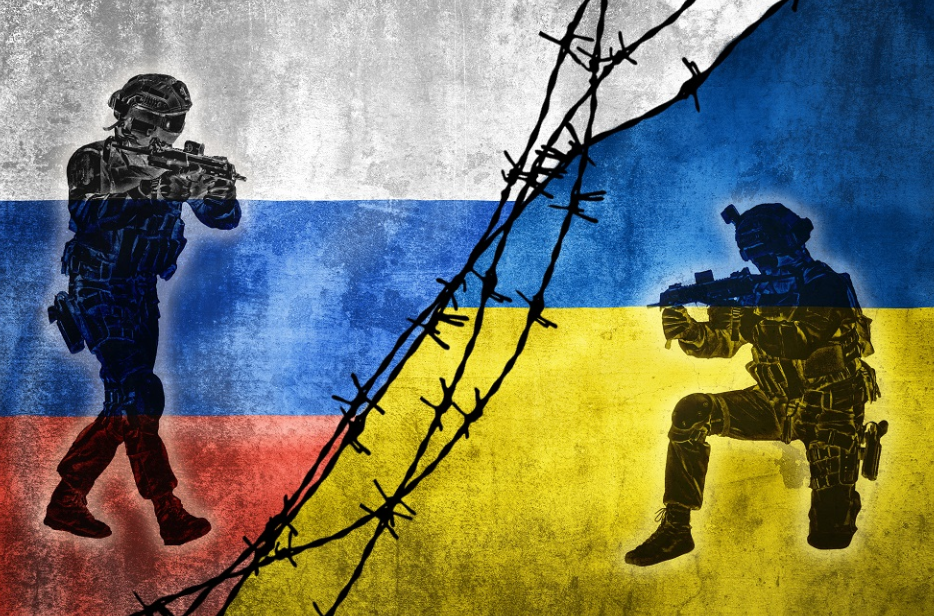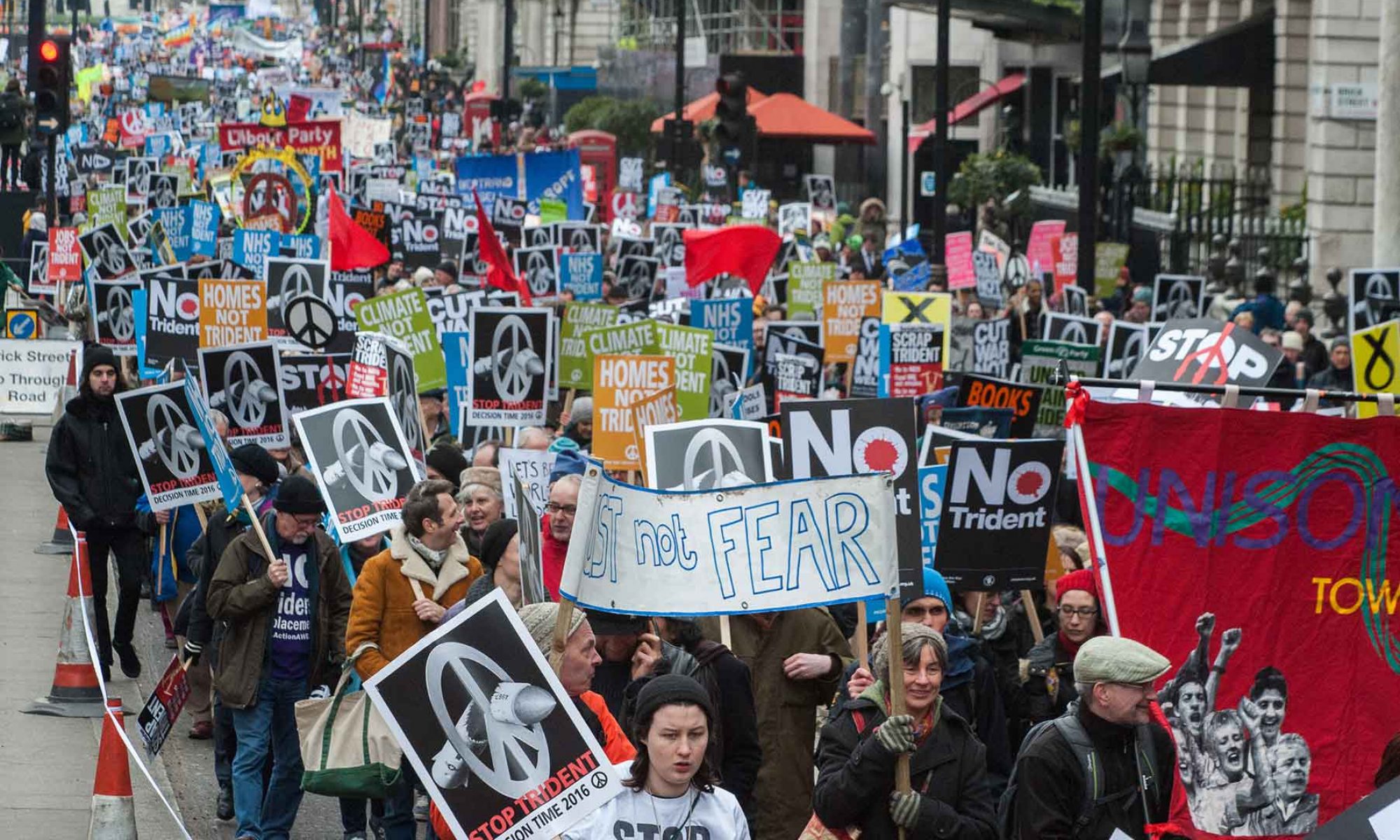
Until recently, the war in Ukraine was set to enter its fourth year with no prospect of peace on the horizon and loss of life on both sides mounting. President Trump’s 28-point plan looks like an important step towards bringing the parties to the table. President Zelenzky has said he’s willing to work with the US on it; President Putin has said it is a basis for a final settlement. Already, separate back channel talks with Ukraine and Russia have resulted in a modified 19-point framework for negotiations.
European leaders are less happy with the framework. Their focus and that of the European media has emphasised the proposals mean Ukraine making territorial concessions, reducing the size of its military, and agreeing never to join NATO. The framework, however, also includes security guarantees for Ukraine, fast-track EU membership, and assistance with reconstruction, although the US will undoubtedly profit financially from the latter as it did in Iraq and elsewhere.
Peace negotiations are urgently needed. War weariness among the population of Ukraine is increasingly evident – as opinion polls, open criticism of the government, and the growing tide of conscription-age men leaving the country all attest. It is reasonable to assume that Putin will also be quietly satisfied to see the start of negotiations to end a war which is taking a heavy toll on Russian lives and the Russian economy.
The Ukraine war represents the most serious nuclear flashpoint in the world today. The original framework also includes points which should please all of us who want to see nuclear tensions dialled down. The 29 points include commitments that:
-
- Nato will not expand further to Russia’s borders – something CND understands is a significant driver in Puttin’s invasion of Ukraine.
- that Russia and the US will extend treaties on non-proliferation and nuclear arms control, including the START Treaty, which is due to expire in February 2026, and
- that Ukraine will be a non-nuclear state ‘in line with’ the TPNW, Treaty on the Non-Proliferation of Nuclear Weapons.
The Russia-Ukraine war is feeding international tensions, which the negotiations will also help ease. The peace and anti-war movements will have to fight to make sure that all the implications of ending the Russia-Ukraine war are understood, as well as the interests of the US and Europe, which shape their approach to ending the war.
We reproduce below an introduction CND Vice President Kate Hudson gave at a CND conference a few days after Trump’s 28-point peace plan was made public. As she points out, if we don’t understand and fight on the politics, ‘things will keep on going wrong’ and the world could be on course for war in Europe and the possibility of a nuclear conflict.

KATE HUDSON
Global impact of the war
There is not only a European element to the war in Ukraine, it also has a global impact. I want to touch on a few of those global elements including the economy and the climate crisis.
The war is pushing the cost of living up
There is an enormous impact on the global economy. That’s what’s making our energy and food prices higher here in the UK. But of course, it’s making them higher and scarcer across the world as well, resulting in increased inflation, slower growth, disruption of supply chains, and economic uncertainty. Actually, these cone on top of the negative aspects of the COVID-19 economic experience which we saw resulted in the massive inflation at the time. The war, coming almost directly after, has doubled down on a lot of those economic problems.
The Ukraine war is making a big contribution to de-globalisation, which is something we’ve seen over the last few years, and a fragmentation of the global political economy. This kind of economic flux is affecting more than Europe; it’s having an effect worldwide. In some countries of course, which are very heavily reliant on imports, things like food and fuel are very much more expensive. In fact, we’ve seen a major increase in global food insecurity, with medium to long-term impacts on malnutrition and social unrest.
According to the UN World Food Programme figure, just in the war’s first year the number of people suffering from acute food insecurity in the 81 countries they monitor jumped by 17% – from 276 million to 323 million. That figure has increased by another 10% every year. So it’s an escalating problem, particularly for countries in the global south.
The war has generated more greenhouse gas emissions than several EU countries combined
As well as the economic impact, there is a climate impact as well. I’m sure we’ve all got a general impression about that. There are massively increased greenhouse gas emissions, over 230 million tonnes of carbon dioxide in the first three years of the conflict. That’s equivalent to the combined emissions of Austria, Hungary, the Czech Republic and Slovakia.
The source of those is the war itself, the military activity taking place. There is also the destruction of the infrastructure and subsequent need for reconstruction. In the reconstruction process, there will be carbon emissions too. There are terrible fires both from military action and damage to facilities like oil refineries. They are really pumping out carbon emissions too. There is also direct environmental damage like pollution, oil spills, threats to biodiversity and so on. Those have long-lasting effects on Russia and Ukraine, but their impact obviously spills out beyond.
The third impact I want to talk about is the very immediate risks that result from global polarisation. We see this all the time: the US and the Europe on the one side, the ‘liberal democracies’, posed against an increasing alliance between Russia and China. That is the kind of global polarization narrative we are seeing. The world is in a state of flux over this.
Trump’s 28-point peace plan includes asset stripping and war profiteering
One of the things that really struck me about the new peace plan, is the possibility of improving US-Russian cooperation. It looks like Trump or his advisors are building in the kind of cooperation and reconstruction that is based on asset stripping and making profits from Ukraine! That is embedded within the 28 point plan. The narrative we have, which I think is correct, is that Trump wants Europe to deal with the problem of Russia, while he deals with the problem of China. That is an underlying dynamic within the peace plan.
At the same time, Trump seem to want to hedge his bets by doing deals and get better relations with Russia for himself and the US. Of course, that’s annoying Europe. It is not only a kind of flux in the global political economy, but in international relations. as well.
And finally, to touch on the wider global dynamic of the peace plan – as unfortunately, we tend always to focus on what’s happening in Europe and North America, a kind of western Eurocentric perspective. The attitudes from the global South are very interesting on this, I’m sure you’ve all have been aware of this. The approach of the global South has generally been one of active non-alignment or neutrality in the war. They have refused to sign up to the US condemn-and-attack approach to Russia or to participate in sanctions.
The global South is not buying into the US narrative
I think it’s pretty obvious to this audience why: there is a big element of distrust of western motives, double standards, based on the experience of colonialism. The global South has a preference, as does CND, for a multipolar world, so they’re not buying into the US narrative. Many see BRICS as a route to a more just order.
For CND, the issue of how to move forward as a movement is a difficult question. As you probably know, CND has opposed NATO since 1960s when the great intellectual Stuart Hall moved a motion at CND conference. That’s been our position ever since, and it’s correct one for the reasons that we all know.
In my experience in CND, the Ukraine war has been the most difficult point for us. We are anti-war and pro-peace as is the peace movement and our allies across Europe. But the US and NATO does affects what you call the peace periphery and some of our allies too. There are two obvious examples. The Green Party, whom CND has always worked well with, have changed their position on NATO, I think largely in response to the government narrative.
The second is the TUC. Three years ago, we saw pro-military spending and strong support for Ukraine coming up. This has now been somewhat reversed at the recent TUC. As you probably know that there was a for the peace and anti-war movement with a motion against military spending. Nevertheless, that win was based on a welfare not warfare argument, not on the principled issue of NATO, and not about being against the Ukraine war continuing and getting a peace settlement.
CND has to get all the political implications across
So in conclusion, although we’ve made some headway, and there is a growing desire for a settlement particularly among the people of Ukraine, we have to do a lot of work to do, to make sure the politics is understood.
So although we’ve made some headway and as people, as the speakers have said, the kind of strong desire, particularly in Ukraine for a settlement, we have to do a lot of work to fight to make sure the politics of it is understood. Because if we don’t understand and fight on the politics of it, then things will keep on going wrong.
